Ever wonder what it’s like to have a media pass at Western States 100? Morgan, UltraSignup’s Partnership Success Manager, took on the challenge for the first time to capture the grit, emotion, and chaos of the iconic race. Here are his top 10 favorite shots and what he learned along the way.
This year at Western States, Morgan stepped behind the lens with a media pass for the first time and came away with some incredible shots. We asked him to share his top 10 favorite photos from the weekend and reflect on what it was like to capture the spirit of the race from inside the action.

Being a first-time media pass holder (and spectator!) at Western States was an awesome experience. The course changes so much over the 100 miles, and getting to observe those changes, the toll they take on the runners, and experiencing it all firsthand gave me a level of respect for the race I didn’t have before.
In addition to this being my first time as a media pass holder at Western States, it was also the first time I’ve really tried to cover a race myself with a camera. It’s chaotic! Runners come through so quickly, there are so many other photographers, and it’s a constant game of sprint (from one location to the next) and wait (for runners to come through).
My one tip for future rookies is to not marry yourself to specific ideas or goals of what you want to cover on the day. Being able to adapt to the storylines, events, and conditions the day throws at you allows you to pivot on the go.
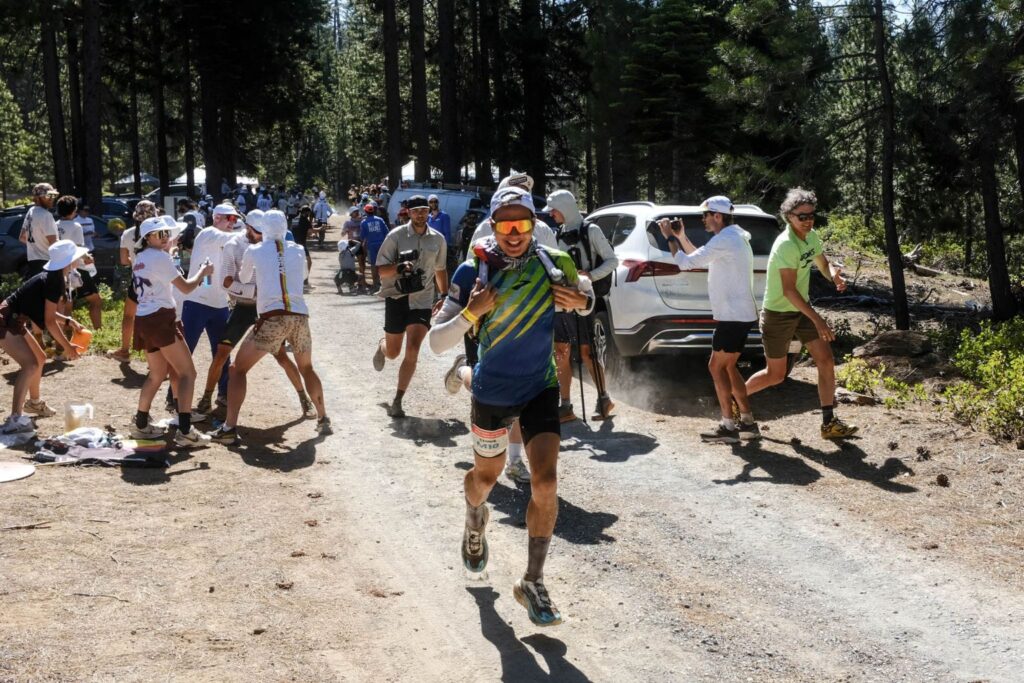
My favorite location to shoot was Dusty Corners (Mile 38). It’s a long drive to get out there, but there are fewer media people, and it feels like it’s the perfect distance into the race to start seeing the storylines of the day develop.
This year at Dusty Corners, Chris Myers and Caleb Olson came out of the aid station first, quickly followed by the rest of the top 10. Even though the race saw multiple position changes after this aid station, you could already tell who was having a great day and who was beginning to falter. Plus, you only wait a few minutes to see the top male and female runners come through, unlike at Foresthill or later in the race when the field is more strung out.
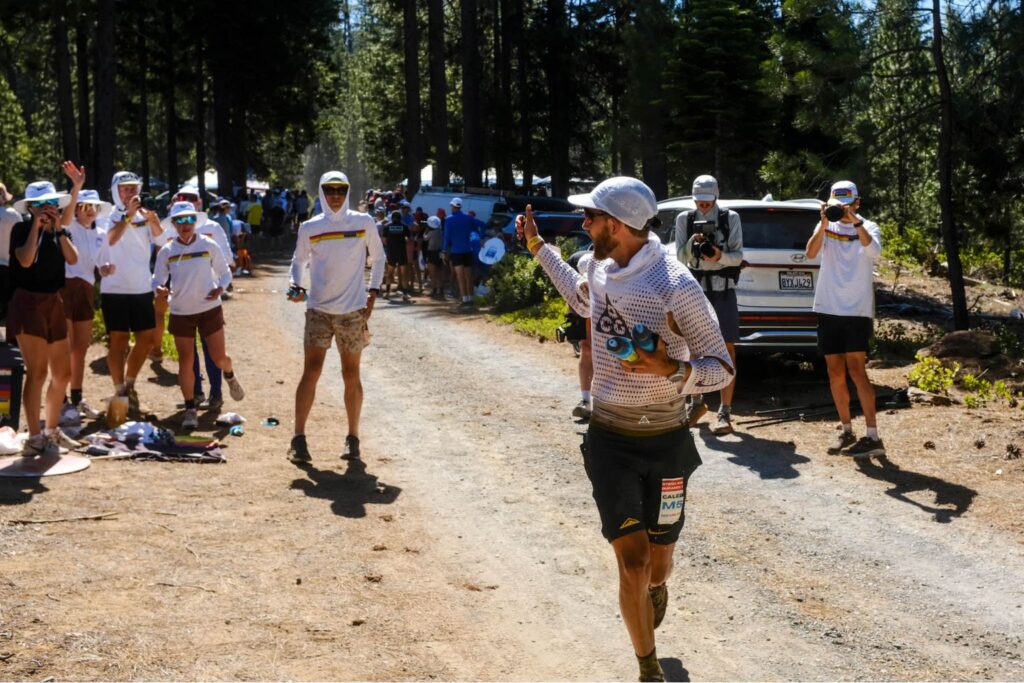
What surprised me the most was just how quickly everything happened, and how talented some of the top photographers in the running industry are. Several times I found myself scatterbrained, trying to figure out exactly who, what, and where to shoot, while the seasoned professionals had a clear plan and came away with great shots. There’s no substitute for experience.
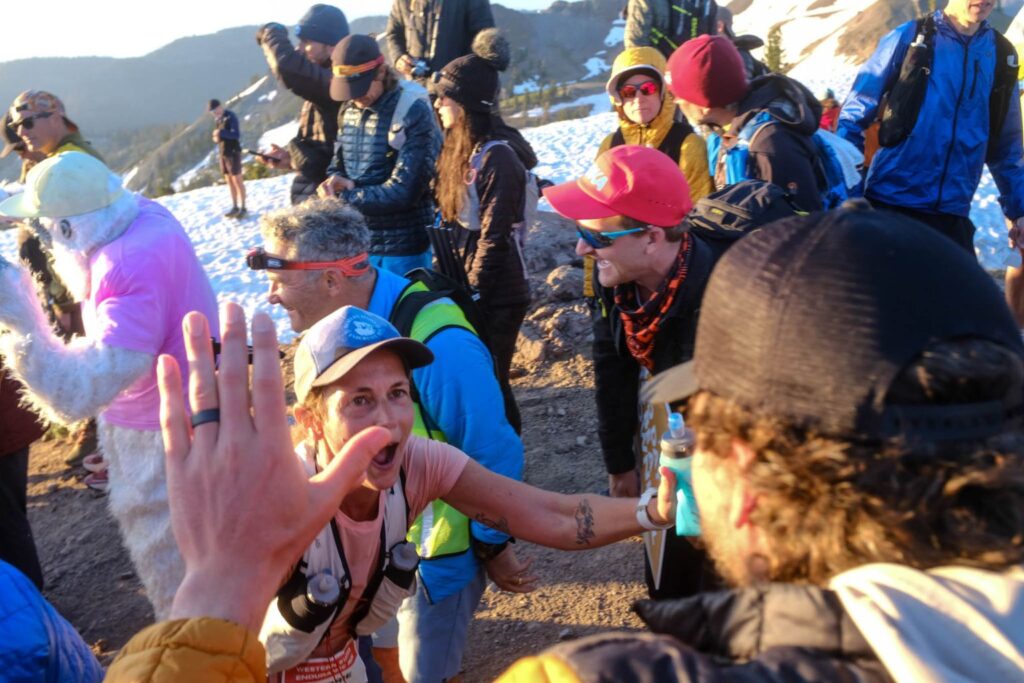
I grabbed a spot at the finish line about an hour before Caleb Olsen was expected to come through. That put me in the second or third row, which I was happy with. It’s reminiscent of taking pictures of sunrise at Tunnel View in Yosemite or Mesa Arch in Canyonlands — you grab your spot early and make sure you keep it.
Although it was fun to shoot from the finish line once, I think in the future I’d look for other angles around the track. I left the finish line corral for M4–M10 and F4–F10 and think I like those photos a lot more.
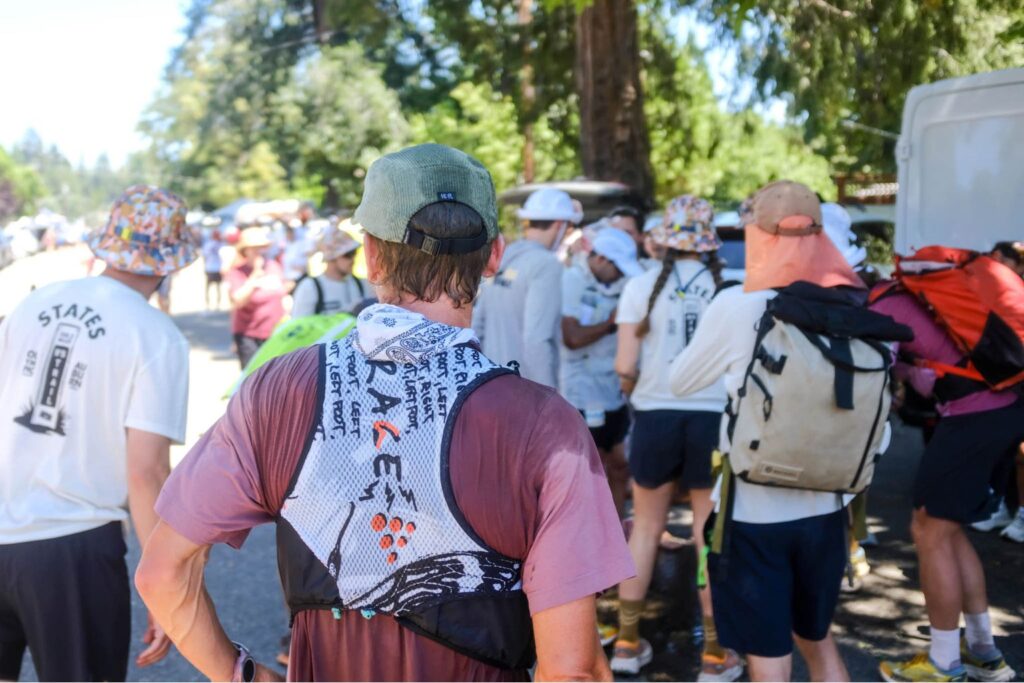
I had a Sony A7III with a 70–300 lens and a Fuji X100F, neither of which are particularly new cameras. The versatility was nice, but the zoom lens was unnecessary for most of the day. The most dynamic photos were from the Fuji, which has a fixed 23mm lens on a crop sensor. To get good shots with a wide angle, you have to be in the action — but the results are worth it.
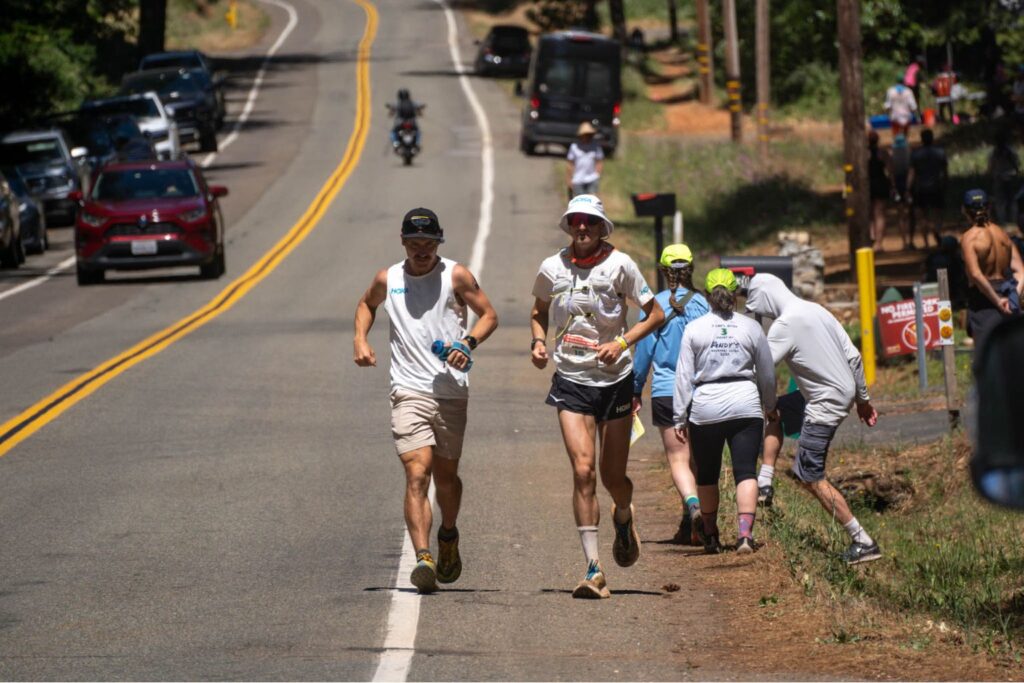
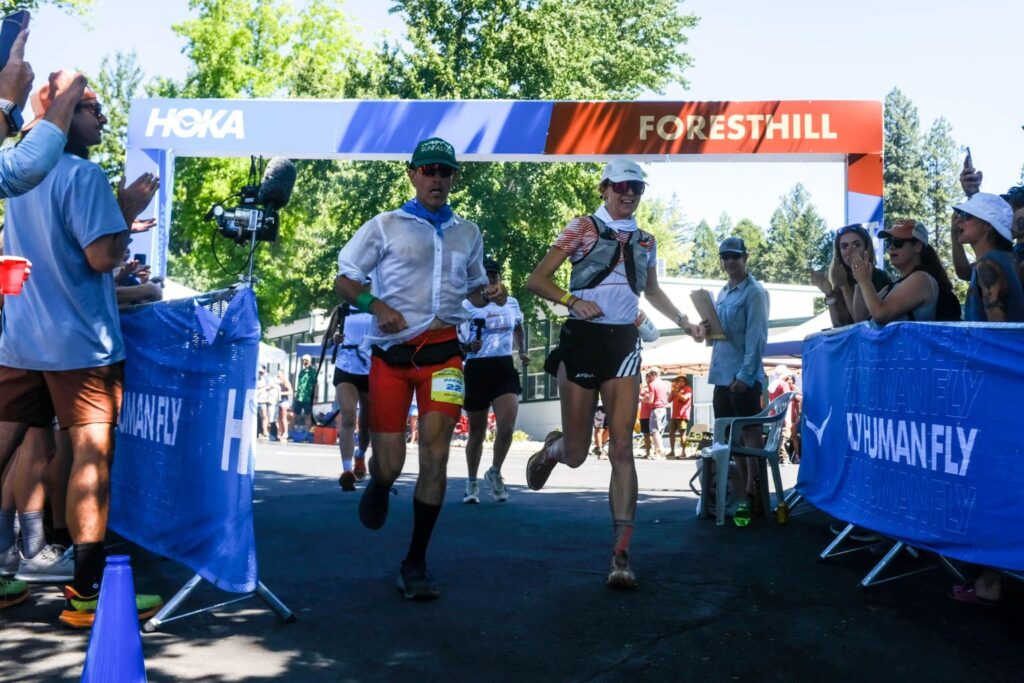
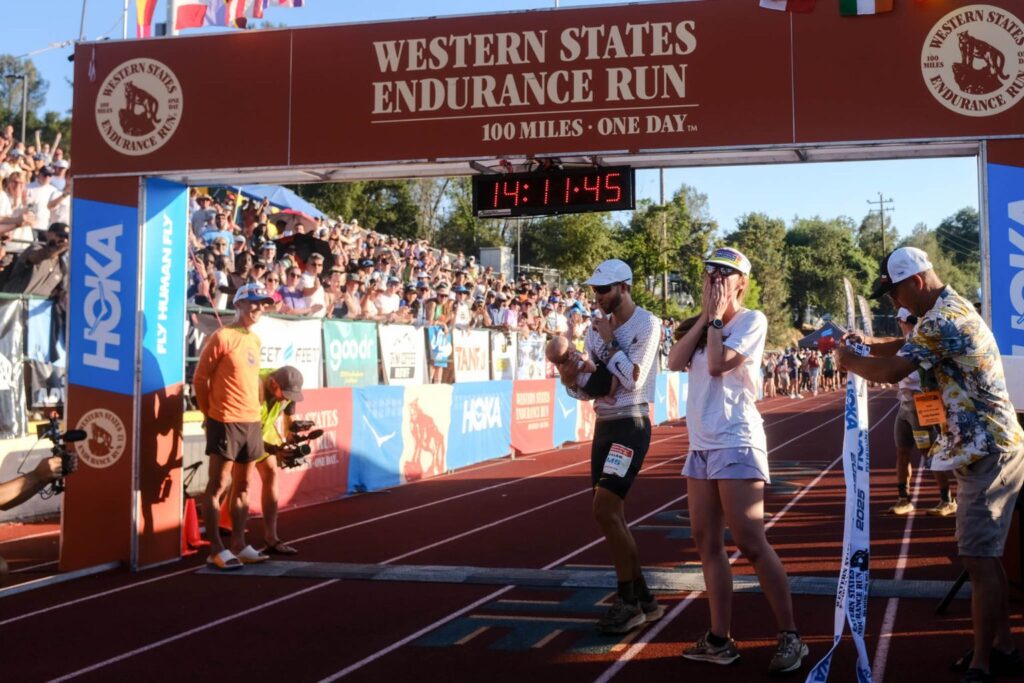
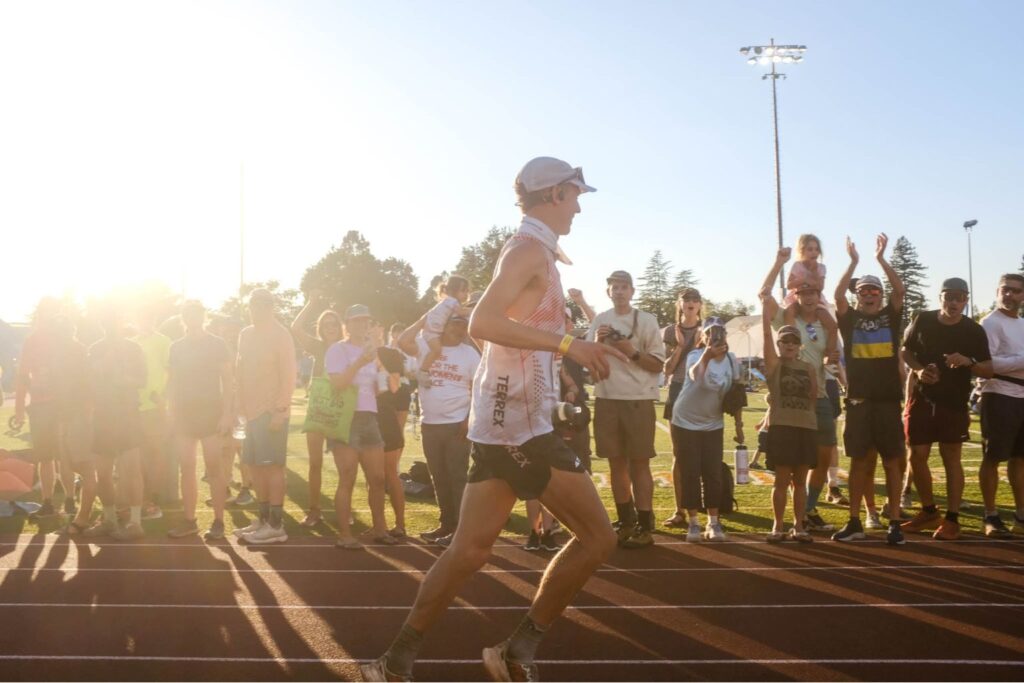
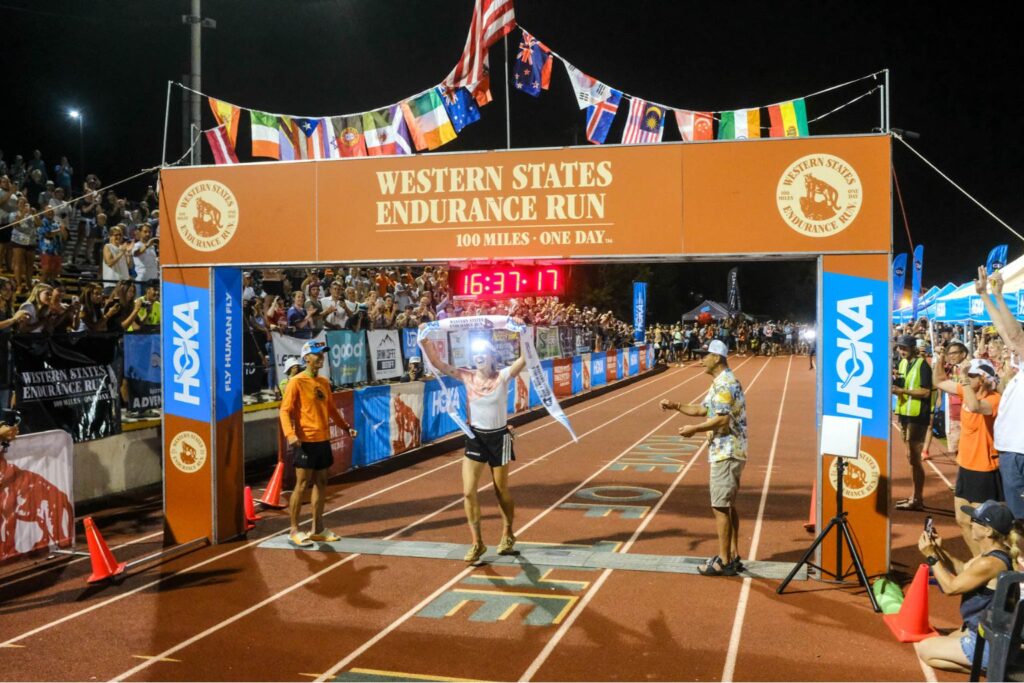
Great stuff Morgan 🙌. Feeling the tingles from afar matey.